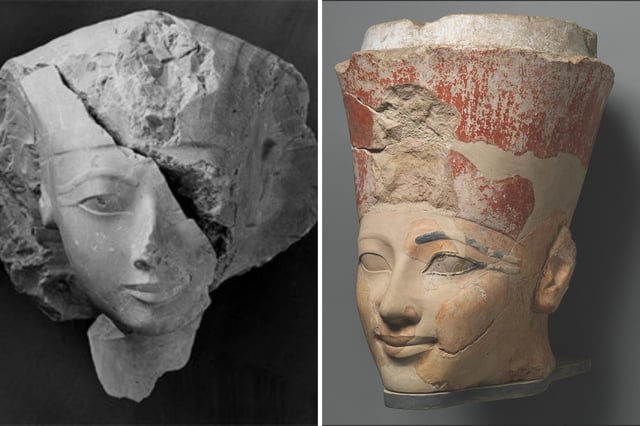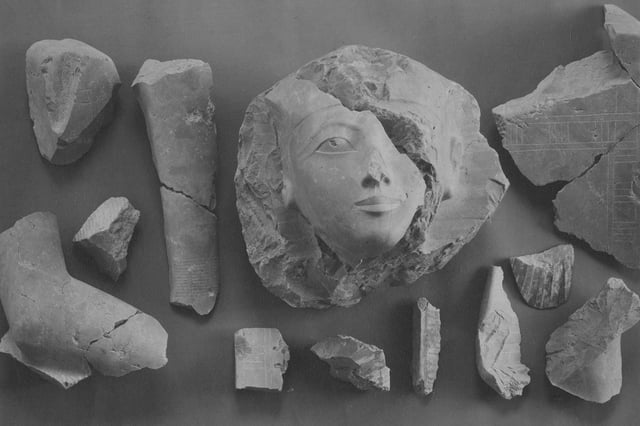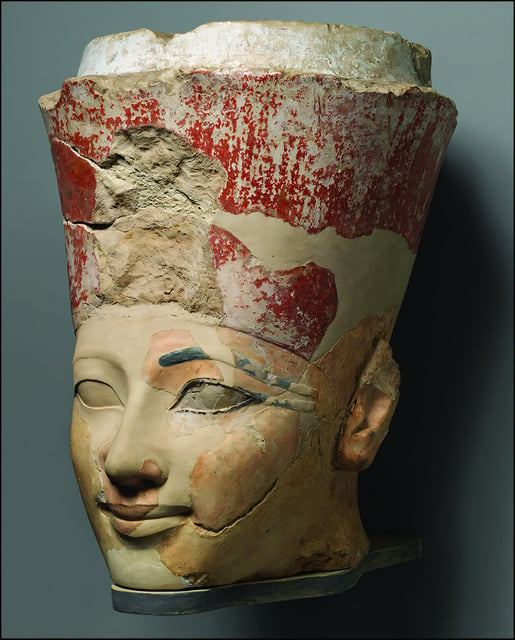Overview
- Jun Yi Wong of the University of Toronto reexamined 1922–28 Deir el-Bahri excavation archives to challenge the long-held view that Thutmose III’s animosity alone drove the statue damage
- Many surviving statues retain intact faces, casting doubt on the idea of widespread vindictive destruction during Thutmose III’s reign
- Pieces broken at specific weak points—such as the neck, waist and knees—align with an Egyptological practice known as ‘deactivation,’ which neutralizes a statue’s power
- Later generations repurposed statue fragments as building materials and tools, contributing significantly to their fragmented condition
- While acknowledging a broader program of posthumous persecution of Hatshepsut, the research reframes the statue damage as part of customary funerary and practical reuse practices



